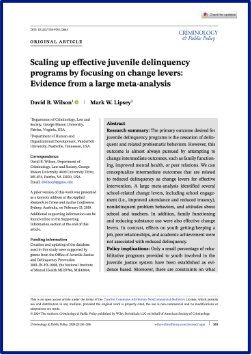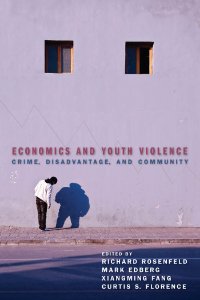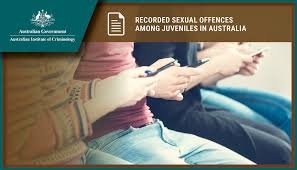By Garner Clancey, Cecilia Drumore and Laura Metcalfe
The University of Sydney and Youth Justice New South Wales signed a memorandum of understanding (MoU) in July 2021. This MoU builds on various prior collaborative activities between the two organisations and related work in other jurisdictions. This paper reflects on the progress and challenges of collaboration of this kind. Specifically, there has been tentative progress in engaging non-traditional parts of the university in youth justice projects.
The initial stage of the collaboration highlighted challenges, including structures within the university which can frustrate interdisciplinary work. Time lines, staff turnover and resources also impacted this collaboration. We conclude with an outline of what might be achieved through ongoing collaboration and signal the importance of ongoing research to capture data and insights regarding the nature of this relationship as it develops.
Trends & issues in crime and criminal justice no. 691. Canberra: Australian Institute of Criminology. 2024.






